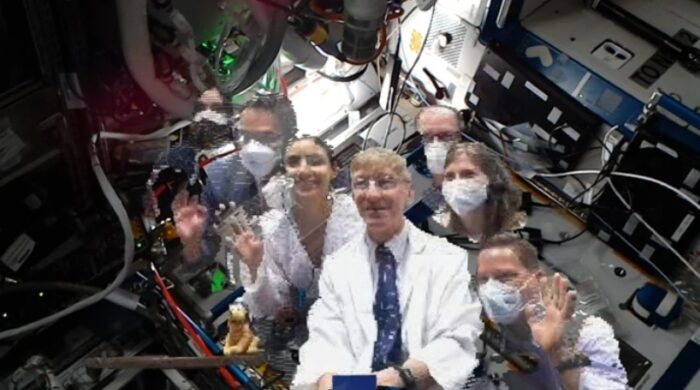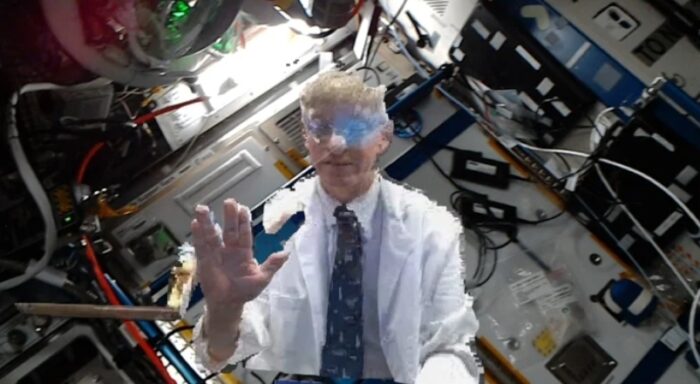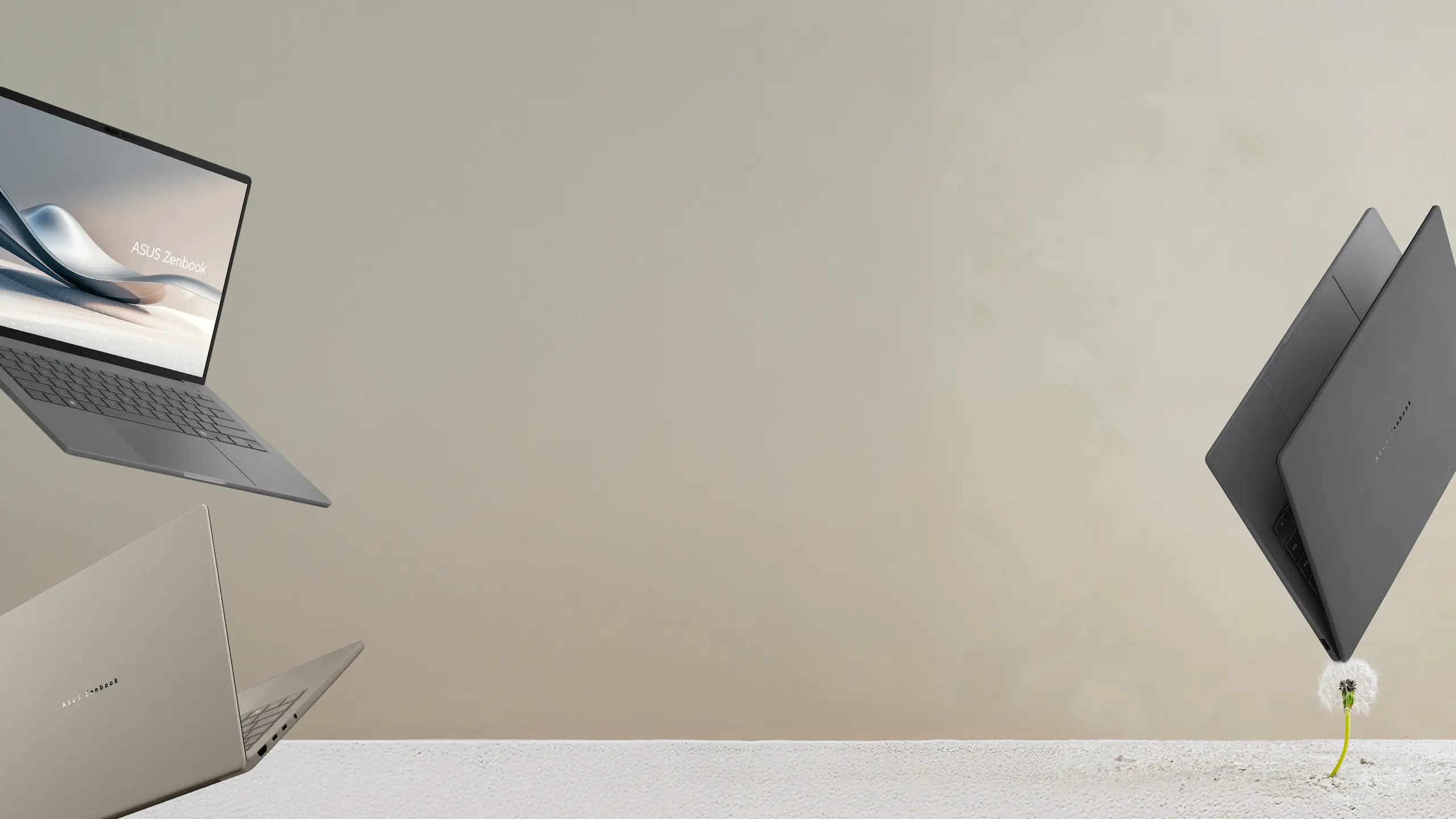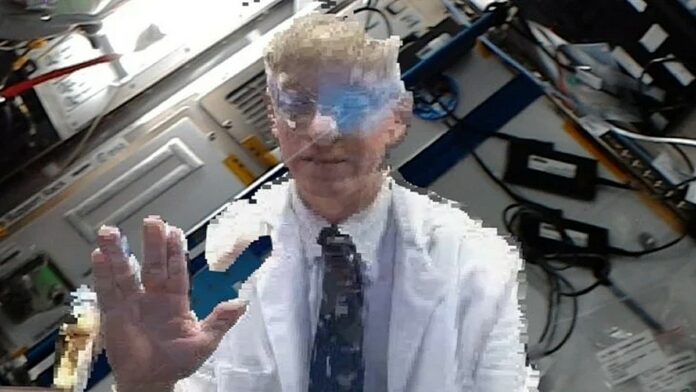© ROOT-NATION.com - Use of content is permitted with a backlink.
There has never been such a call home. For the first time, a NASA flight surgeon was “holoported” to the International Space Station (ISS), where he appeared and spoke virtually in real time hundreds of kilometers above the Earth’s surface. This is not science fiction. When NASA flight surgeon Josef Schmid was brought to the ISS, this illusion was made possible by Microsoft’s holoportation technology, which allows users to interact with 3D images of remote participants in real time.
“This is [a] completely new manner of human communication across vast distances,” says Schmid. “It is a brand-new way of human exploration, where our human entity is able to travel off the planet.”

Unlike traditional holographic projections, which seem to float in the air where anyone can see them, holoportation requires the use of an augmented reality headset, such as Microsoft HoloLens, so that the owner can perceive (and interact) with remotely captured individuals, who are filmed with a multiple-camera setup in their actual location.
In this case, European Space Agency (ESA) astronaut Thomas Pesquet, who was on board of the ISS and had such a headset, had a bilateral conversation with Schmidt and members of his medical team, as well as with Fernando De La Pena Llaca, the CEO of AEXA Aerospace, which develops special holoportation software (the one that made this ISS session possible).
Such opportunities – bridging the physical gaps to connect people over vast distances in space – may be important for future space exploration missions. In this way, scientists can virtually interact with 3D images of remote participants on Earth, space stations or other spacecrafts in real time, providing collaboration that can be much more exciting than standard 2D video calls.
“Imagine you can bring the best instructor or the actual designer of a particularly complex technology right beside you wherever you might be working on it,” Schmid said.

The next step in the development of technology is to ensure fully bilateral holoportation interaction. During this experiment, Pesquet was the only participant to wear an augmented reality headset that allowed him to perceive others as digital 3D holograms, as Schmid himself and the other participants did not wear such devices.
You can also help Ukraine fight with Russian occupants via Savelife or via an official page of the National Bank of Ukraine.
Read also:
- SpaceX is preparing to launch two more missions
- Launch your cargo into orbit in 10 minutes with hypersonic space cannon



